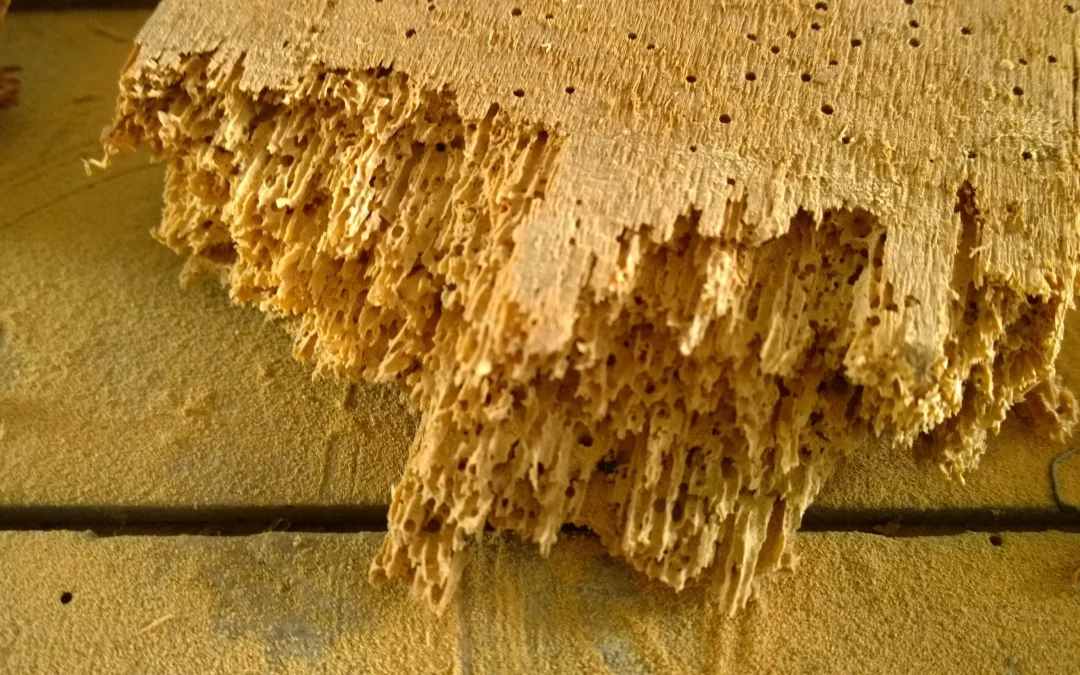Borer is a pest that as the potential to inflict severe damage to timber in homes and other built environments throughout New Zealand. Remediation of severe cases can often be extremely costly and stressful for the homeowner. Here we take a look at how to identify borer and the options available to mitigate or treat the risk of damage.
RECOGNISING BORER
New Zealand’s most common types of borer are:
- Common House Borer
- Native House Borer
- Two Toothed Longhorn borer
- Native Termites
Small (2-4mm) flight holes on the surface of timbers, doors and furniture are signs that borer is present in your home. Another obvious sign is fine sawdust piles close to the holes.
BORER LIFE-CYCLE
The common borer female generally lays up to 100 eggs on timber surfaces or in old borer holes. With a hatch time of 4-5 weeks, the larvae then bores into the wood, eating away for up to 4 years.
They then become adults (pupa) and leave the timber, creating holes. These adults become airborne for approximately one month between November and March to reproduce, ad the cycle starts again.
Two tooth borer can often remain in timbers for up to 11 years. Damage is usually severe and timber will often have to be replaced if deemed a risk to occupant safety. This can be a costly expense for homeowners, particularly if the damaged timber is load-bearing.
BORER PREVENTION
Borer are attracted to seasoned or moist untreated timber. They are prevalent on the south side of built environments or in floor timbers that are prone to damp. Borer prefer soft or untreated wood and are common in untreated native timbers in older homes pre-60s.
Some wood, such as macrocarpa, is naturally resistant to insect attack. Kiln drying radiata pine improves borer resistance.
Sawn timber is also more prone to borer attack than a smooth surface.
BORER TREATMENT
Borer-infested timber can be treated, but if timbers are severely weakened you should strengthen the timber or ultimately the timber may need to be replaced. In this event, NZ Pest Control recommend structural damaged is assessed by a licenced builder or engineer to ensure an informed decision can be made about the safety of your home.
The only long-term treatment for borer is a residual surface application of a product including insecticide or preservative. It is imperative that the treatment lasts longer than the lifecycle of borer (4-11 years, dependent on the borer type). This type of treatment can only be used on bare timber, so it is likely that paint or vanish coating will need to be stripped prior to treatment.
Airborne treatments (such as bombs, misting or fogging) will only terminate the pupa (adults) and won’t stop the larvae from chomping away at the inside of your timber materials.
Furniture can be treated by fumigation by a certified pest control company or by injecting the flight holes.


Recent Comments